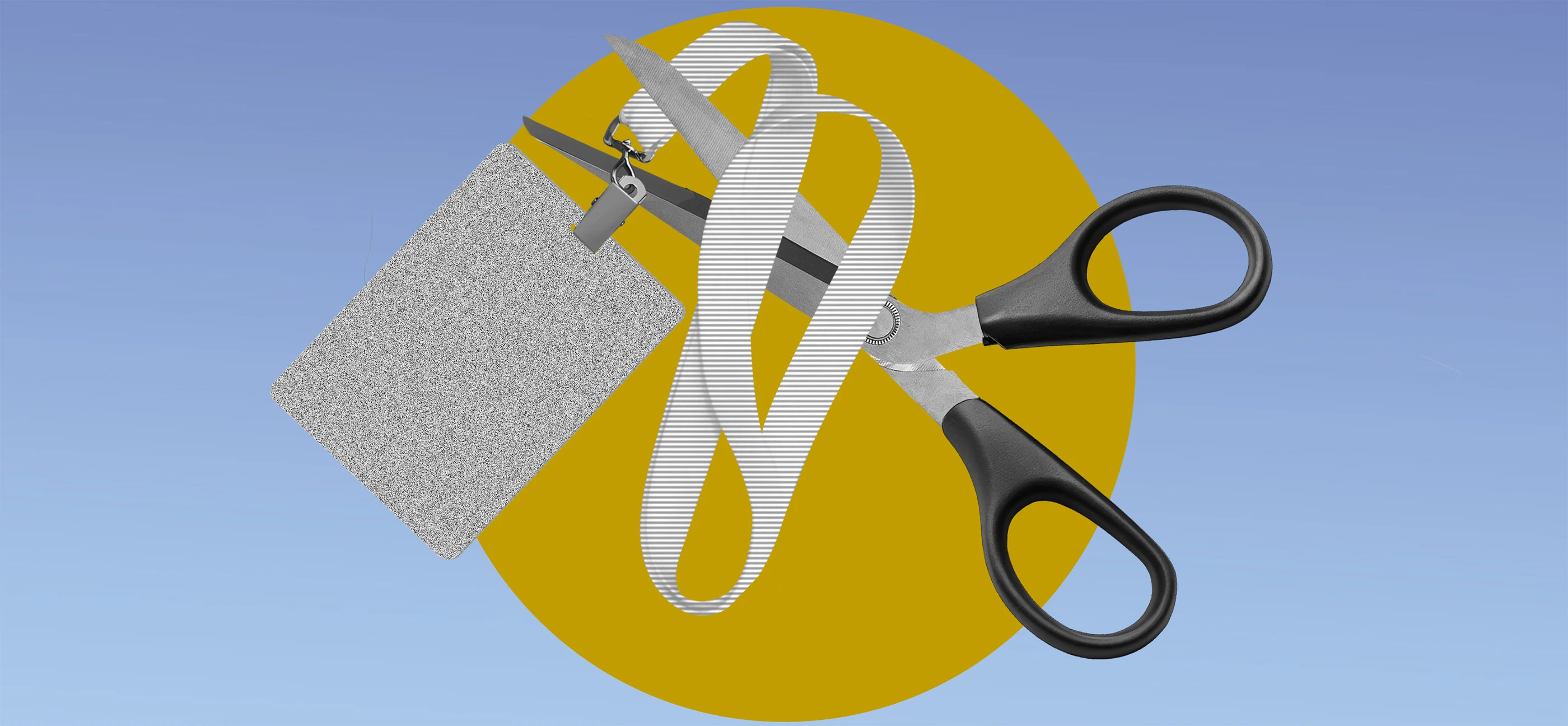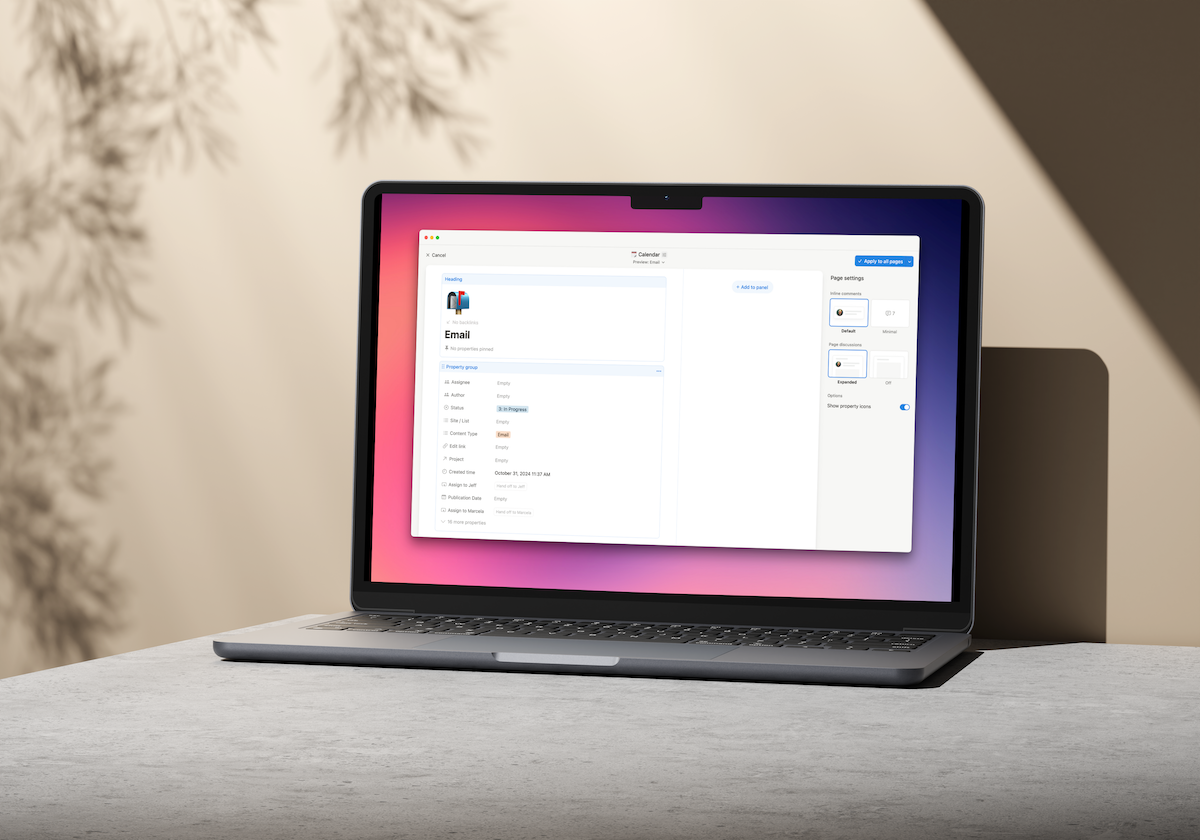How to Use Lighting to Improve Your Home's Sale Price
Bad lighting really can cost you.

When you're selling your home, many factors can influence whether it sits on the market for weeks or gets multiple offers right away. Everything from its location to its condition can affect the speed of the sale and the final price, and you don’t always have control over all of them.
One thing you can control—at least to a degree—is the your home's lighting. “In my experience, buyers aren't just buying square footage; they're buying a feeling,” says Jonathan Ayala, a real estate agent at Hudson Condos in New Jersey. “And lighting is a subtle but powerful way to exert that influence. It's the difference between a buyer perceiving ‘this space needs work’ and ‘I can see myself living here.’
How your house is lit can have a big impact on how fast your house sells—and the price you get for it. Here’s are five factors to think about to improve your home's lighting.
Choose the right bulbs
Every lightbulb in your home is defined by three measurements: Watts (the amount of energy it uses), lumens (its brightness), and kelvin (its color temperature). When it comes to making an impression on home buyers, you should concentrate mainly on lumens and kelvin. Bulbs with a lumens rating of at least 800 are best to give the house a bright, open feeling—and you can go as high as 2,000 lumens if your home lacks natural light or simply feels dark.
Color temperature is just as important. For reference, the sun at noon on a clear day has a color temperature of about 5,000-6,000k. “Lighting affects both how large and how welcoming a home feels,” notes Ayala. “I put up a three-bedroom ranch about two or three years ago where the insides looked thick and dated. The original owner had [installed] heavy drapes and low-wattage bulbs. Even before putting up a sign in the front yard for sale, I had the seller replace all the bulbs with daylight LEDs, (about 5000k). The change was dramatic: From a dark living room that felt cave-like, the home [became] bright, clean, and modern."
The home wound up receiving multiple offers in a week and sold for more than $25,000 above asking. "I do not think that it would have happened without those simple lighting upgrades,” Alaya said.
In general, it’s best to choose bulbs that offer higher color temperatures in the “public” areas of the house, like the kitchen or living room, and warmer, lower temperatures in bedrooms, to give them a cozier feel. Temperatures in the 2400-2700k range can have a yellowing effect on white kitchens or furniture that can make a space feel old and worn, so choose carefully.
You should also consider lighting direction, Ayala notes. “Uplighting can highlight architectural features, accent lights would draw attention to art, and ambient lighting would warm up a room—every small thing matters when preparing a home for market.”
“Great lighting makes a space more functional,” adds Bo Belmont, a real estate investor and founder and CEO of Belwood Investments. “For example, lighting over the sink or kitchen counter can make these areas easier to work in. A well-lit entryway can also make buyers feel safer and more secure.”
Keep the style consistent
Lighting isn’t just about light—it’s also about the fixtures. Old fixtures that are showing their age will make a space look dated, even if the light itself is on point. Simply upgrading the fixtures without considering the overall style of the house won’t be effective: If your house has a modern, minimalist vibe and you install ornate brass fixtures, they might appear old to buyers due to the contrast, while slapping modern fixtures in a house with a country chic vibe might look cheap.
First impressions matter
Omer Reiner, a Realtor at FL Cash Buyer’s in Ft. Lauderdale, Florida, cautions that you can't forget the exterior lighting. “If a potential buyer pulls up and can’t make out the house number because lights are dim, they are immediately on alert before they even step inside.” Make sure exterior lights are installed, in working condition, and are bright enough and aimed properly.
This extends to the foyer or entryway. Having a bright exterior feels welcoming—unless the front door opens to a dark, shadowy space. Lighting can elevate buyers’ moods as they enter the house or give them a sense of foreboding, so make sure they make it inside without having to use their phone as a flashlight.
Emphasize natural light
When thinking about your home’s lighting, don’t forget about the most obvious aspect: Natural light. “Natural light is the most appreciated,” says Alexei Morgado, a Florida Realtor and CEO and Founder of Lexawise Real Estate Exam Preparation. “It helps make spaces feel larger and more inviting. Maximizing natural lighting in a home can require expensive renovations, but there are some simple tricks: Opening curtains and blinds before and during showings, making sure windows are clean to allow light to penetrate, and trimming any exterior foliage that may block sunlight.”
You should also consider your window treatments: While opening up the curtains or blinds can let light in, heavy, light-blocking treatments will always darken a room a little. Lighter materials will let more light in and will contribute to a sense of lightness in terms of weight and style as well.
Keep them maintained
Finally, all the right decisions will be for naught if you don’t conduct proper maintenance and upkeep on your lighting. If you’re planning to show your home to prospective buyers, inspect the house and:
Look for burnt-out bulbs. Dead bulbs aren’t always obvious when you’re living in the home (especially when they’re part of track lighting or back-lit decorations). Dead bulbs convey a sense of disrepair while also subtly darkening the space, directly contradicting your efforts.
Check for broken fixtures. Cracked, stained, or crooked fixtures will draw the eye and will make buyers think there are other, less obvious problems with the house. Flickering lights or fixtures that spark will need to be repaired immediately, for obvious reasons).
Make sure everything is aligned. If you have aimed your lighting to accentuate certain features, make sure they haven’t “drifted.”
































































































![Building A Digital PR Strategy: 10 Essential Steps for Beginners [With Examples]](https://buzzsumo.com/wp-content/uploads/2023/09/Building-A-Digital-PR-Strategy-10-Essential-Steps-for-Beginners-With-Examples-bblog-masthead.jpg)





![How One Brand Solved the Marketing Attribution Puzzle [Video]](https://contentmarketinginstitute.com/wp-content/uploads/2025/03/marketing-attribution-model-600x338.png?#)































